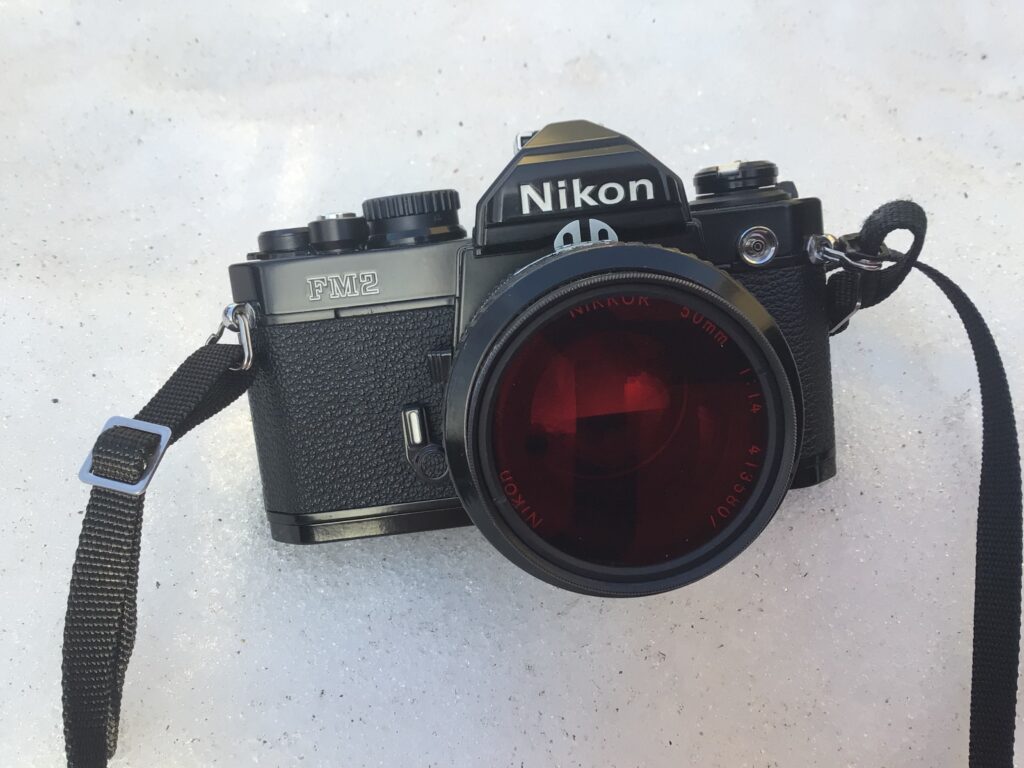 The lighting was just right on this Sunday afternoon in January so I decided to take a photo walk through a nearby golf course. In January, in southern Ontario Canada, the sun is quite low in the sky, producing weak sunshine and long shadows. On this day, conditions were such that I could see the sun but it was diffused through a thin layer of clouds – just the effect I’d been waiting for. There had been a snow fall as well just a night or two before, adding another interesting element to the landscape.
The lighting was just right on this Sunday afternoon in January so I decided to take a photo walk through a nearby golf course. In January, in southern Ontario Canada, the sun is quite low in the sky, producing weak sunshine and long shadows. On this day, conditions were such that I could see the sun but it was diffused through a thin layer of clouds – just the effect I’d been waiting for. There had been a snow fall as well just a night or two before, adding another interesting element to the landscape.
Photography in the snow can be a bit of a challenge. I’ve learned through experience that exposure has to be adjusted by plus one or two stops in snowy bright conditions. Also, on this day, I wanted to ensure I captured the textures in the cloud cover. This I accomplished, in all but one of these five images, with the application of a red filter. That required another two stops of light. So an adjustment of up to four full stops was needed.
These photographs were taken, hand held with my Nikon FM2 SLR camera with a Nikkor 50mm f1.8 lens. The film choice was Ilford HP5 Plus rated at 320 ISO. I don’t typically take notes when taking pictures but doing the math based on Sunny 16, these images would have been exposed at something like f8 at 1/125 sec. or perhaps f11 at 1/60 sec.
This roll of film was the first I’ve developed in a – new to me developer – Photographers Formulary PMK. I’ve been using Kodak HC 110 for most of my work but I wanted to experiment a little. I came across a review of PMK by Alex Luyckx who gave it high praise. ( He has a ton of excellent reviews on quite a number of developer and film combinations ) His review convinced me to give PMK a try. I’m glad I did. The results exceeded my expectations. I’ve not seen the retention of such detail in the highlights as with PMK on this film. Snow is often rendered as featureless white blob with most developers. In these images there is remarkable detail and texture while still retaining the white tone of the snow. Detail is also retained very well on the darker tones of the trees.
PMK isn’t the easiest to use and it’s quite toxic – potentially causing burns if contacted by the skin. It’s a two solution developer – mixing is required. The agitation regimen is every 15 seconds and development times are longish, so full attention is required for the duration. Also PMK requires a specific fixer to retain the staining action of the developer. After developing, stopping and fixing, the film needs to be reimmersed in the developer for another couple of minutes before final rinsing. Despite the inconvenience of PMK, I’ll continue to use it. I love the resulting prints.
As I did in a previous post, these five images were scanned 8″ x 10″ prints I had made in my darkroom. There are no enhancements other than what I was able to achieve in the darkroom.
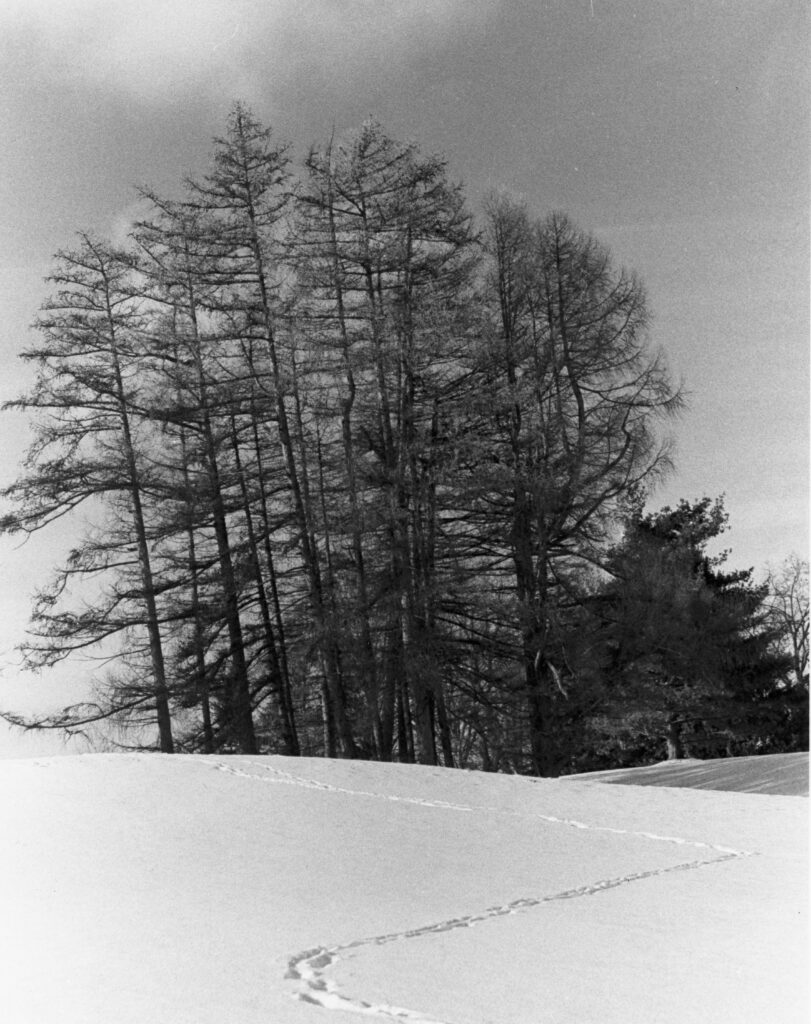
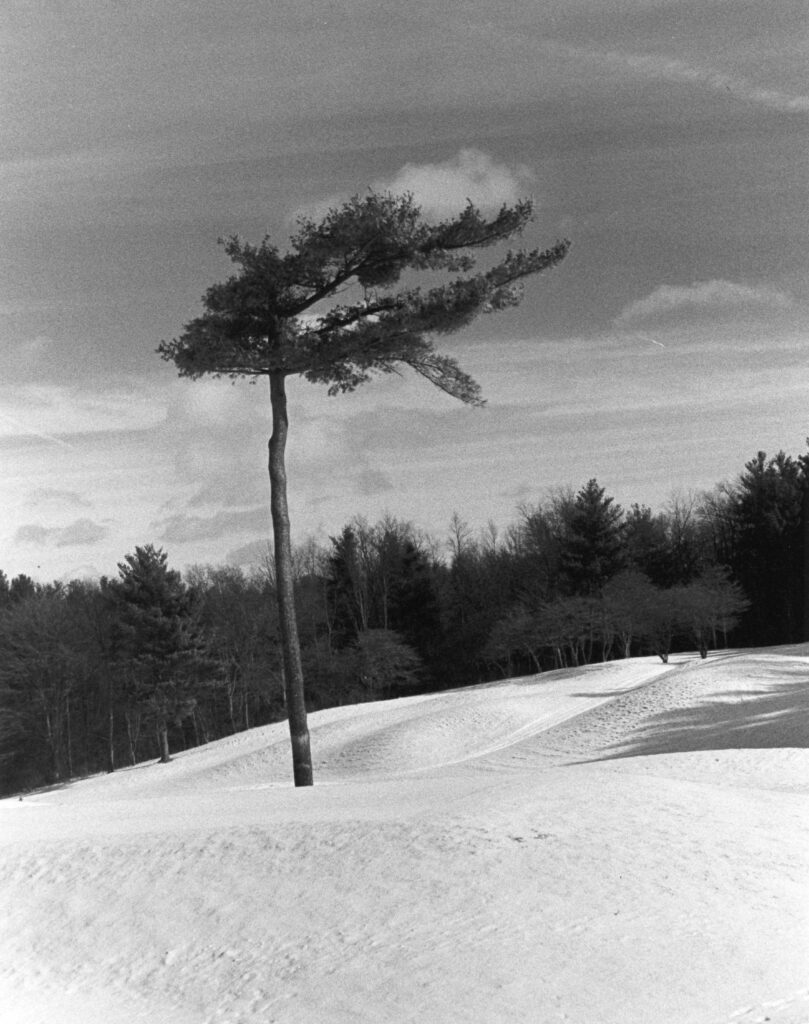
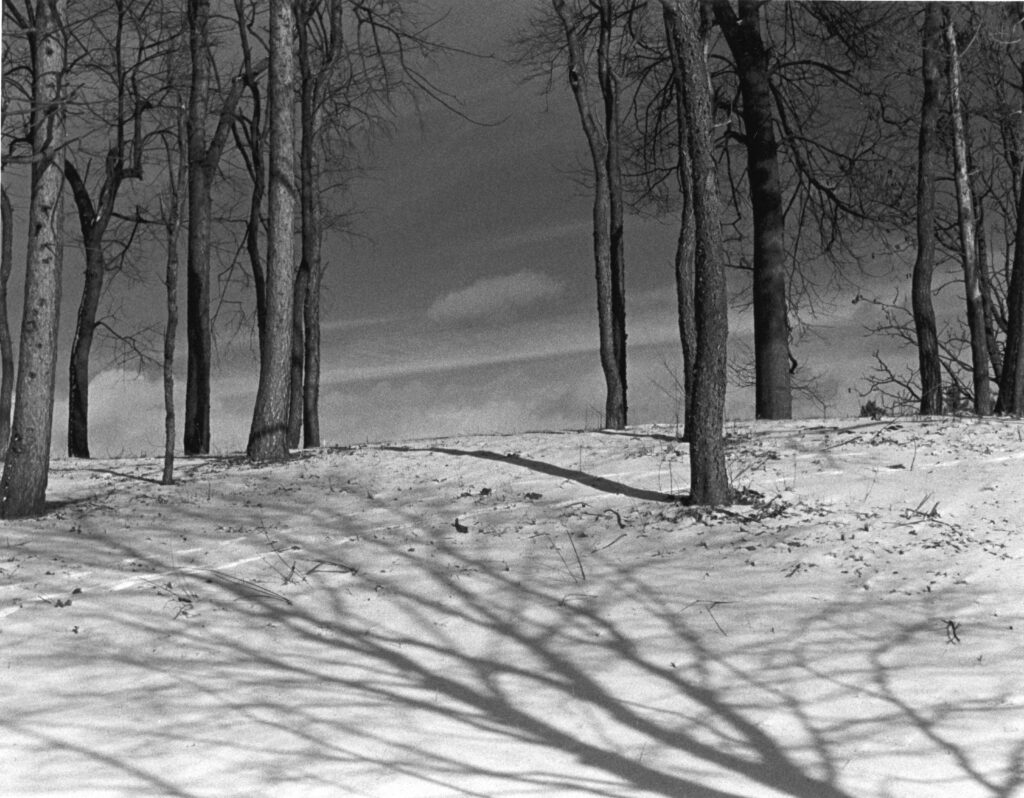
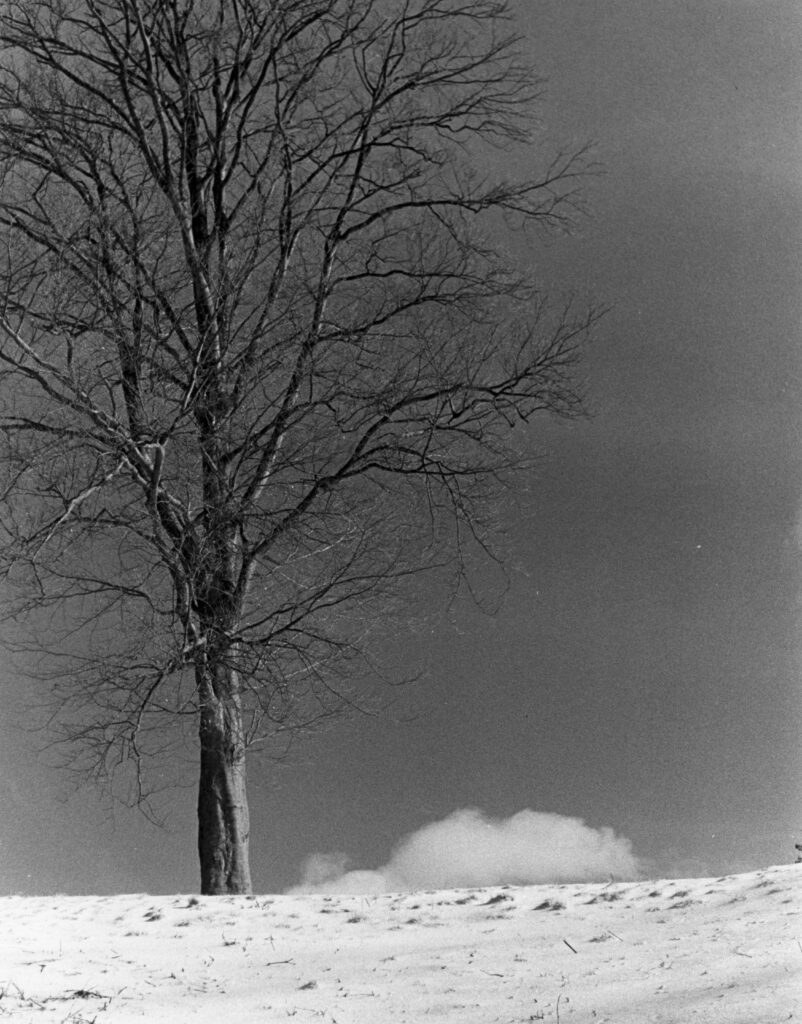

Share this post:
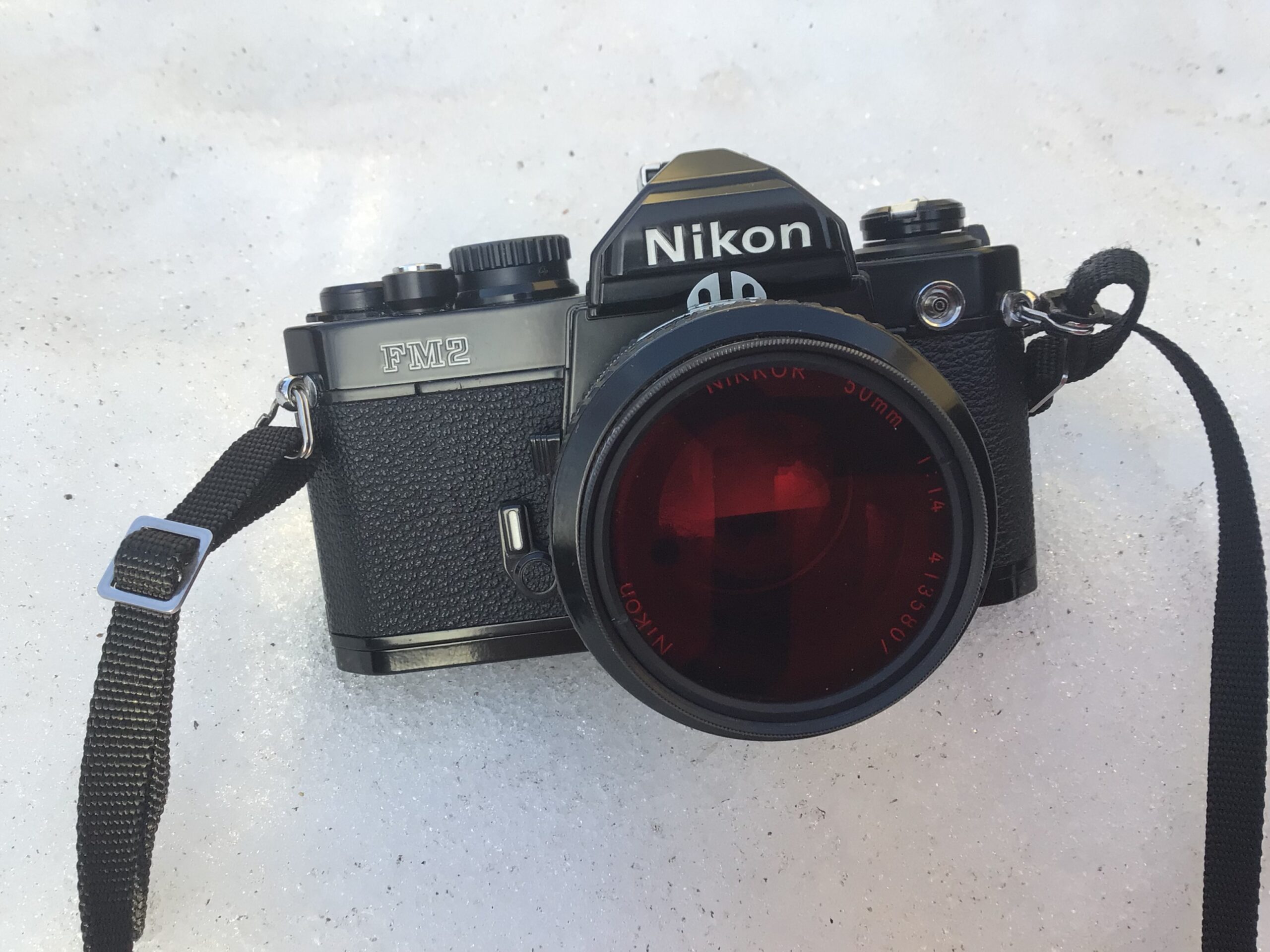
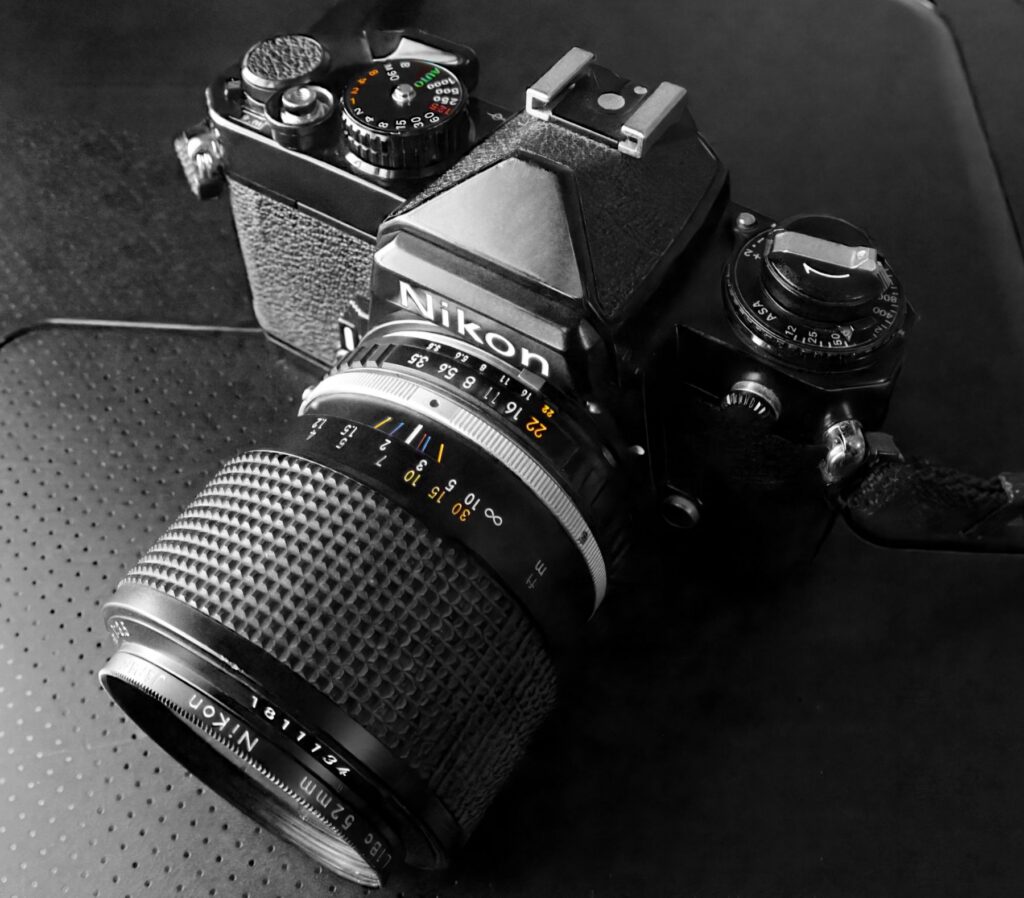
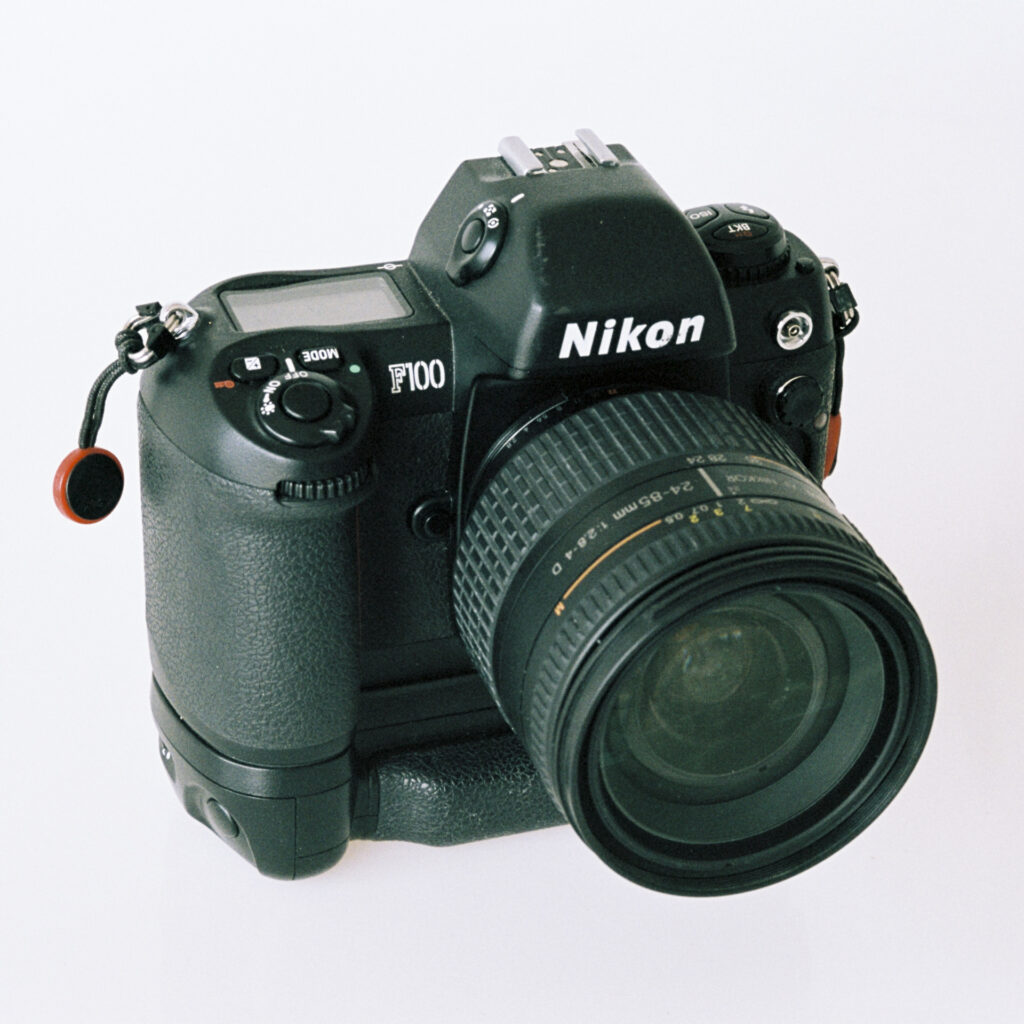

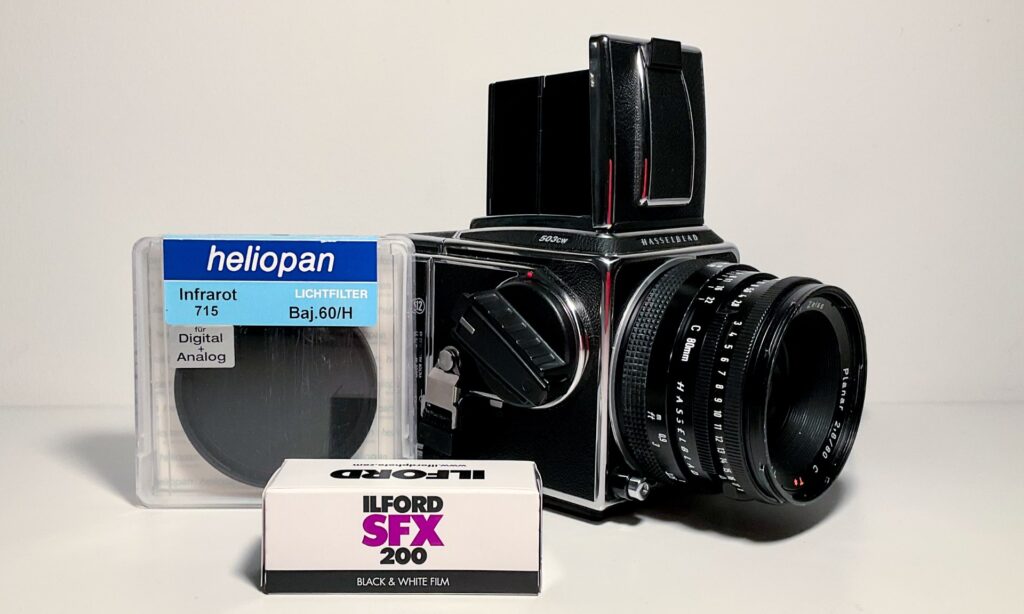
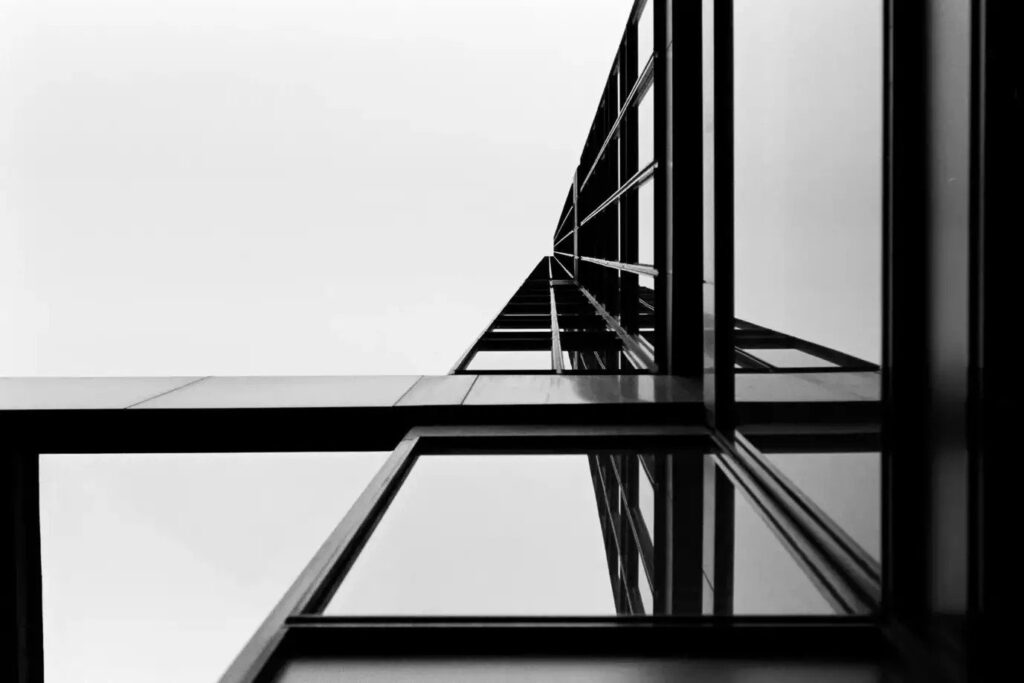
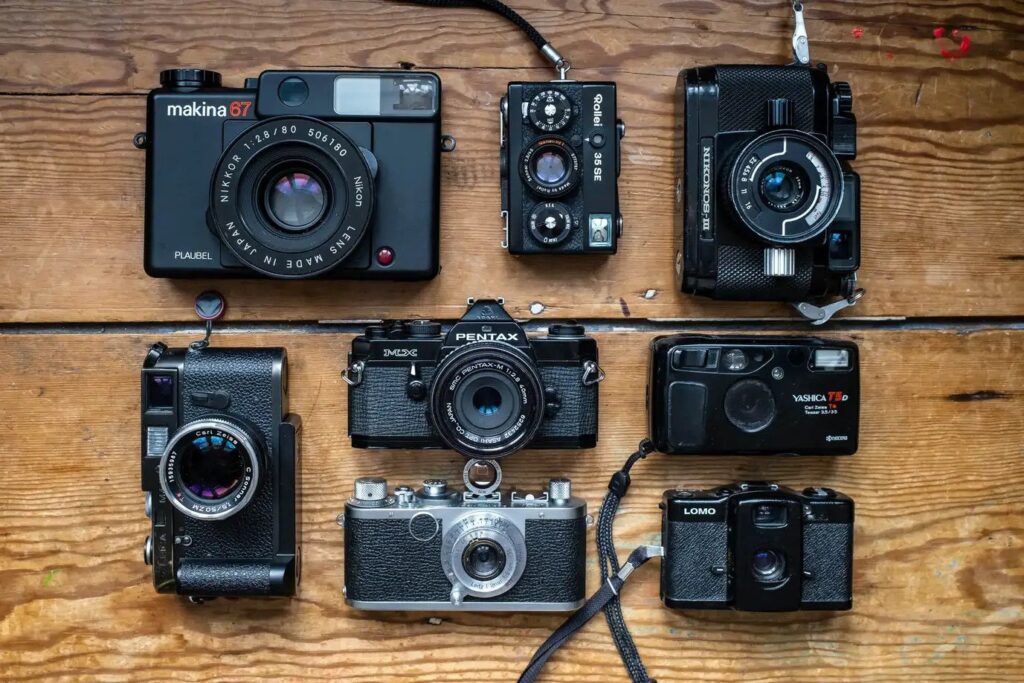
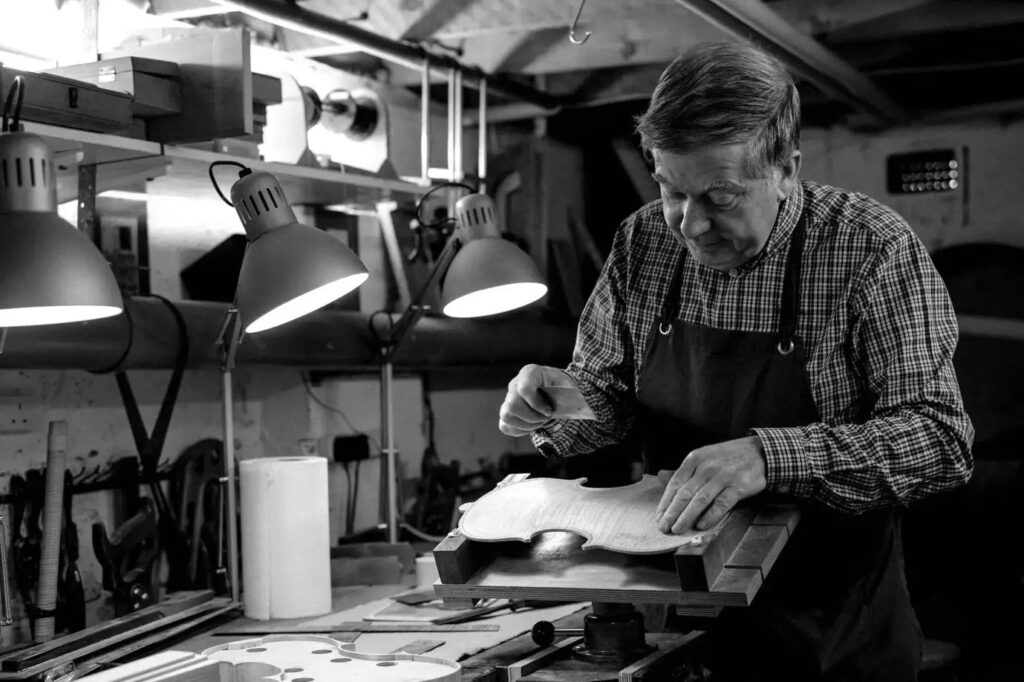
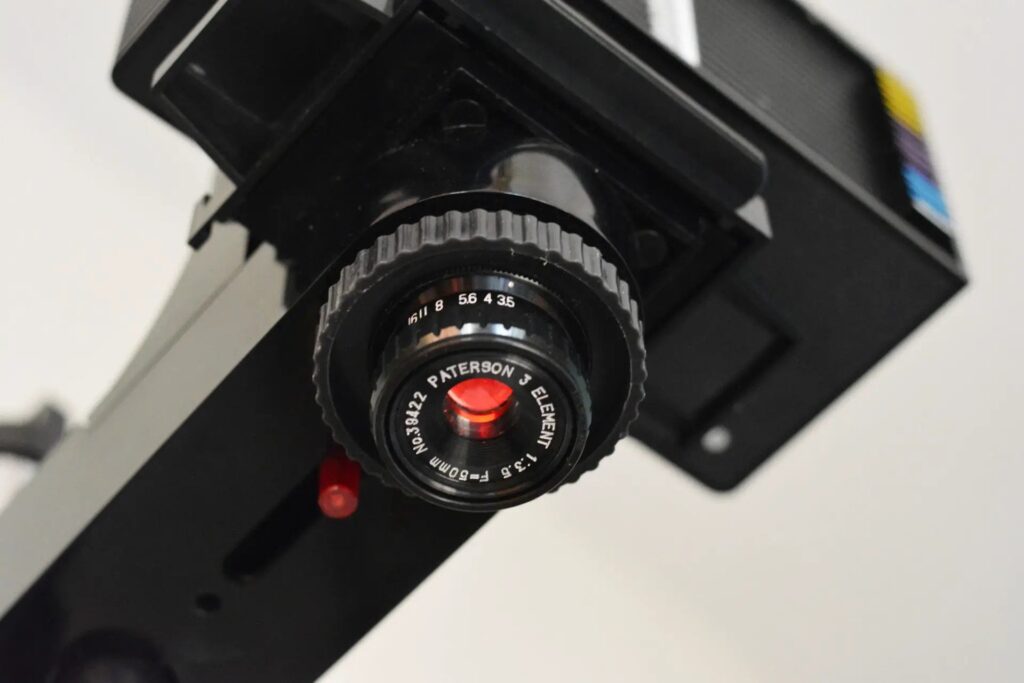
Comments
Martin on 5 Frames on the Golf Course
Comment posted: 10/04/2025
Fine read, thank you!
davesurrey on 5 Frames on the Golf Course
Comment posted: 10/04/2025
But I'm intrigued by your FM2. It seems to have a grey top but I thought they were only produced with chrome, black or titanium tops?
Comment posted: 10/04/2025
Comment posted: 10/04/2025
Geoff Chaplin on 5 Frames on the Golf Course
Comment posted: 10/04/2025
Gary Smith on 5 Frames on the Golf Course
Comment posted: 10/04/2025
My article on 5 shots with my FE should post on Saturday - I wonder if Hamish has Nikon posts scheduled for tomorrow?
Thanks for sharing!
CHRISTOF RAMPITSCH on 5 Frames on the Golf Course
Comment posted: 10/04/2025
Where did you get hold of the PMK? Is there a supplier in Canada? Alex L. mentioned that he bought his in the US (not an option for me at the moment!), and that cross-border shipping might be an issue because of the toxicity. I did see the pyro-specific fix on Argentix.ca, as well as PyroCat, though out of stock... I suspect you have not tried PyroCat? I'd like to give some of this a try.